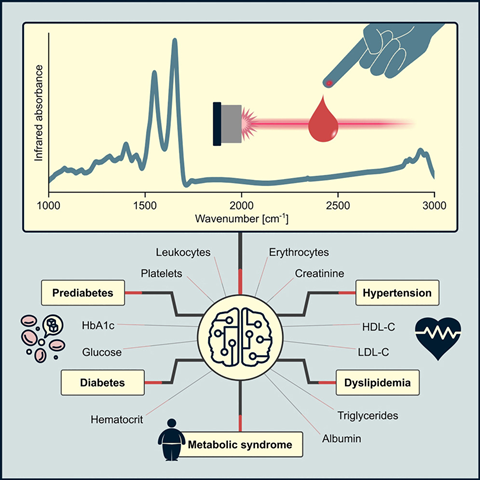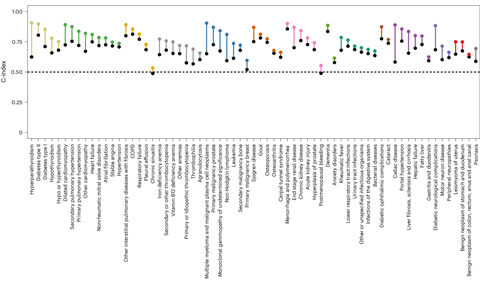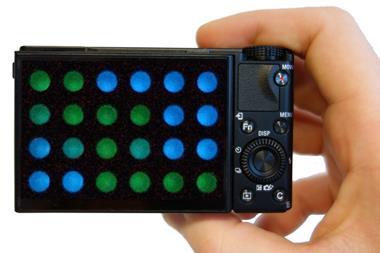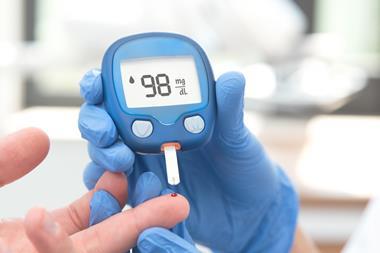Innovative new technologies for testing blood samples could provide powerful ways to monitor health and pick up disease or illness. Two recently reported studies show how the combination of analytical chemistry and big data can improve diagnostics and catch disease earlier.
In Germany, one team has developed a screening tool that uses infrared spectroscopy (IR) and machine learning to detect multiple health conditions with just one measurement performed on blood. IR, which uses light to analyse the molecular composition of substances, has been used in chemistry and industry for decades but hasn’t really been used in medical diagnostics.
The team, led by physicist Mihaela Žigman at the Ludwig Maximilian University of Munich and the Max Planck Institute of Quantum Optics, used IR to analyse more than 5100 blood plasma samples from over 3000 individuals participating in a longitudinal cohort study.
Next, the team applied machine learning to analyse the molecular compositions of the blood samples and correlate these with medical data. The researchers discovered that the samples’ ‘molecular fingerprints’ contain valuable information that enables rapid health screening. Using a computer algorithm the team could identify various health problems, including abnormal levels of blood lipids, changes in blood pressure, type-2 diabetes and even pre-diabetes. Further, the algorithm could identify individuals who were healthy and remained healthy over the years.
‘We built algorithms that were tested on unseen test datasets to evaluate their efficiency in detecting single or combined physiological conditions and phenotypes,’ Žigman explains. ‘Our study introduces novelty by testing the ability to detect these conditions in a large, randomly heterogeneous population for the first time.’

In the future, she says her team will test this concept on even larger and more diverse populations, including those from different genetic and lifestyle backgrounds. This approach may help assess and stratify an individual’s risk levels for developing various serious conditions and evaluate overall health states, Žigman says. The eventual goal is to develop diagnostic models that can generalise effectively to larger populations.
Michael Snyder, director of Stanford University’s Center for Genomic and Personalized Medicine, says the study is really a proof-of-principle. ‘They’ve been able to use it for things that we already have tests to check for. But what about some less common things that you’d like to pick up – what’s the sensitivity [for] that?’ he asks. ‘It’s intriguing technology … if you could do a simple IR assay for all these things that would be great, because right now these tests cost a fair amount of money in a hospital if you add them all up.’ But Snyder suggests that this technology could still be prohibitively expensive, estimating that the best IR spectrometers cost between $10,000 (£7,857) and $40,000.
Protein signatures
Meanwhile, a separate study carried out as part of an international research partnership involving GSK, several UK universities and the Berlin Institute of Health in Germany has found that blood proteins can predict the risk of developing dozens of diseases. That team used data from the UK Biobank Pharma Proteomics Project, the largest proteomics study to date with measurements for approximately 3,000 plasma proteins from more than 40,000 individuals.
The protein data is linked to the electronic health records of Biobank participants, and the study’s authors used advanced analytical techniques to identify a ‘signature’ of between five and 20 proteins that appear to be highly predictive for each disease. They concluded that these protein signatures can identify the onset of 67 diseases, including multiple myeloma, non-Hodgkin lymphoma, motor neurone disease, pulmonary fibrosis, and dilated cardiomyopathy. The researchers report that these protein prediction models outperform models based on standard, clinically recorded information.

Snyder is enthusiastic about the findings and says that he could see some of the protein signatures being used in future clinical testing for specific diseases. Turning any of these technologies into at-home tests would be a game-changer, he adds.
Last year, Snyder’s own team at Stanford used mass spectroscopy to analyse the levels of more than 2000 proteins, lipids and metabolites in blood, with many of the results being comparable to standard diagnostic tests. The team has commercialised the technology through a metabolic testing company called Iollo, which accepts mailed in blood samples and then provides the sender with a lipid or metabolite profile covering approximately 20 wellness categories. Using AI tools and information provided about things like eating habits, the company makes specific recommendations for improving various aspects of health. The results have not yet been published, but Snyder says that they look promising.
Personalised diagnostics
Pharmaceutical chemist Derek Lowe, a Chemistry World columnist and author of the popular industry blog In the Pipeline, is optimistic about the future of these types of personalised diagnostics. ‘I think it makes a lot of sense if you could get a really accurate early warning on a lot of these medical conditions,’ he tells Chemistry World.
Given the advances in analytical chemistry and machine learning, Lowe predicts that such technologies will only get better and more powerful. However, he also warns that ‘a sloppy test’ with lots of false positive or false negative results would be extremely detrimental for the field.
Lowe and others are also careful to distinguish these sorts of efforts from that of Elizabeth Holmes, the founder and former chief executive of failed blood-testing startup Theranos who was sentenced to over 11 years in US federal prison in November 2022 for defrauding investors out of millions. She falsely claimed to have invented a technology that could detect hundreds of diseases with one test only about a drop of blood.
‘Theranos, as I understand it, was not working on testing for anything new so much as trying to do all the existing blood tests so much faster, easier and cheaper with so little blood,’ Lowe notes. In contrast, he says that finding new blood markers for disease ‘is a much more exciting story’.
References
1. T Eissa et al, Cell Rep. Med., 2024, DOI: 10.1016/j.xcrm.2024.101625
2. J Carrasco-Zanini et al, Nat. Med., 2024, DOI: 10.1038/s41591-024-03142-z

















No comments yet